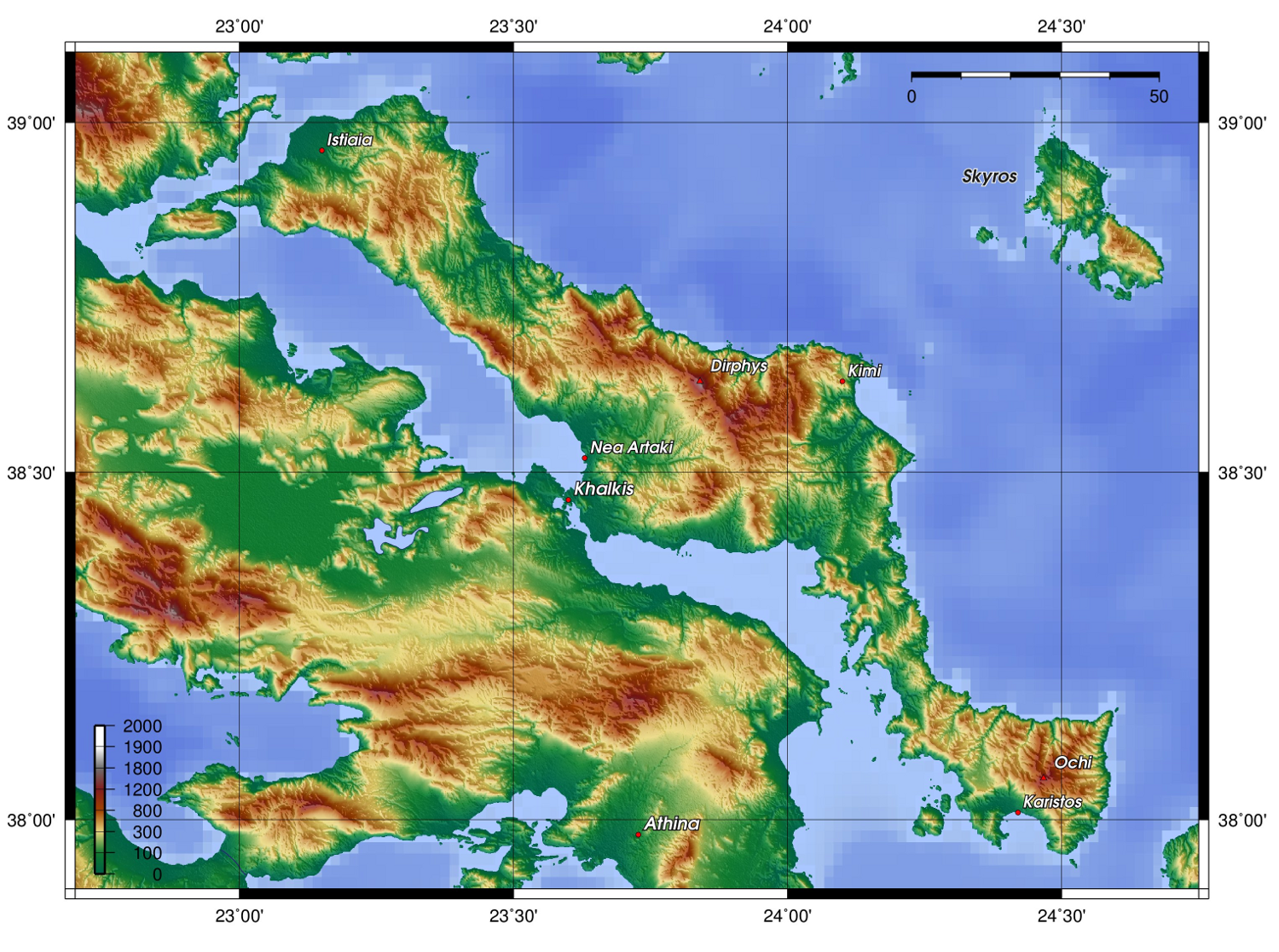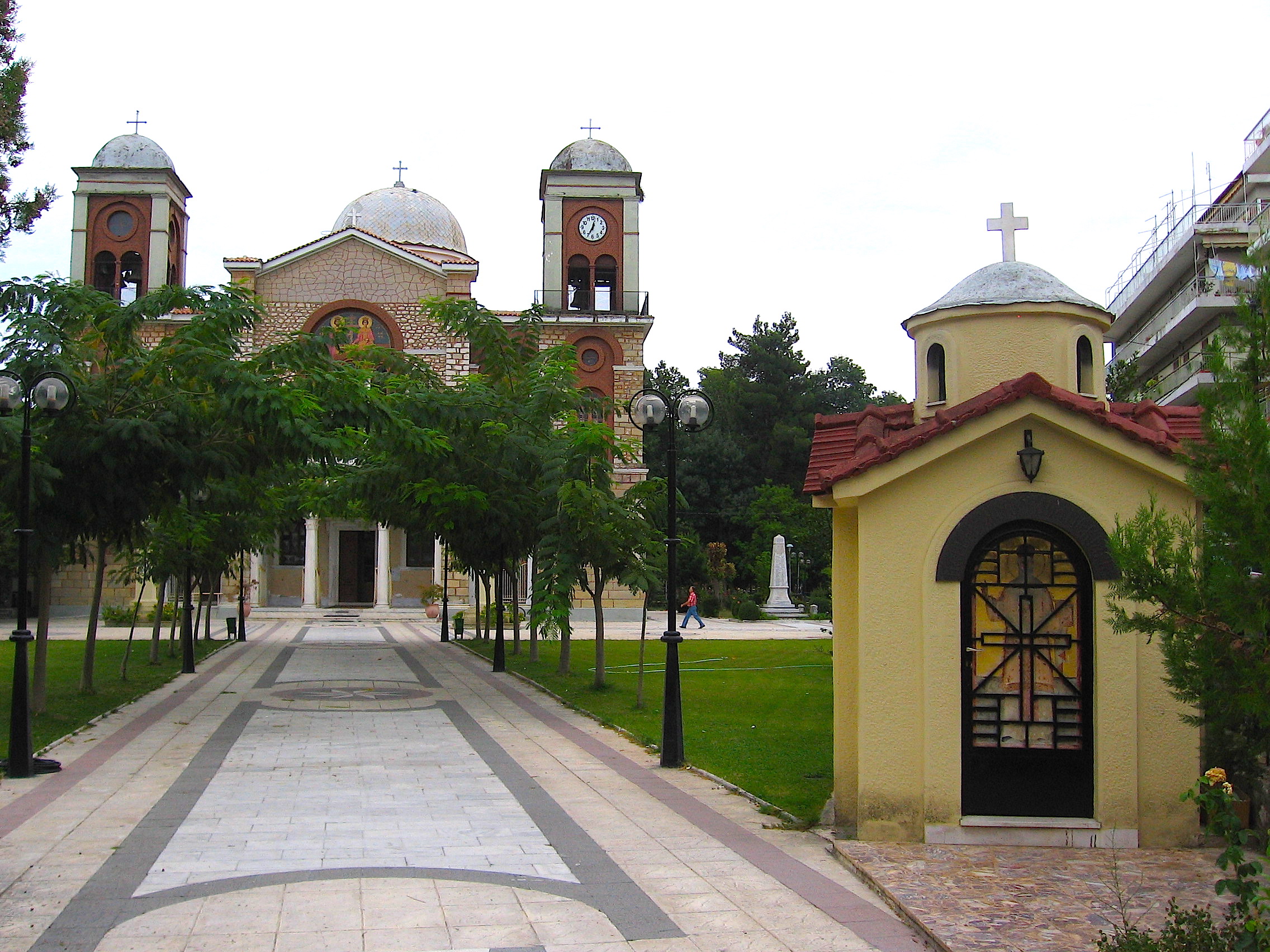|
Forest Villages (Greece)
Forest villages ( el, δασικά χωριά, sing. δασικό χωριό) are artificially created villages in remote mountainous regions of Greece established by law in 1995 (FEK 170/Β/14-3-1995) for tourism purposes. According to the law, they comprise a "grouping of simple living arrangements in remote forest regions, intended for visitors of mountains and forests who want to be able to stay in relative comfort near the wilderness". Differentiation A "forest village" is not a mountain hut or mountain refuge. The original directive for their creation specified the number 20 as the target number of separate huts. A "forest village" is also not a commercial hotel in the traditional sense. Though the term has been used commercially, thus confusing the issue. Legal status Despite the fact that such mountain villages were created by ministerial decree, Law 2160/93 and with special environmental permits of article 2, Law 3010/02 there have been legal challenges, mainly concen ... [...More Info...] [...Related Items...] OR: [Wikipedia] [Google] [Baidu] |
Greece
Greece,, or , romanized: ', officially the Hellenic Republic, is a country in Southeast Europe. It is situated on the southern tip of the Balkans, and is located at the crossroads of Europe, Asia, and Africa. Greece shares land borders with Albania to the northwest, North Macedonia and Bulgaria to the north, and Turkey to the northeast. The Aegean Sea lies to the east of the mainland, the Ionian Sea to the west, and the Sea of Crete and the Mediterranean Sea to the south. Greece has the longest coastline on the Mediterranean Basin, featuring thousands of islands. The country consists of nine traditional geographic regions, and has a population of approximately 10.4 million. Athens is the nation's capital and largest city, followed by Thessaloniki and Patras. Greece is considered the cradle of Western civilization, being the birthplace of democracy, Western philosophy, Western literature, historiography, political science, major scientific and mathematical p ... [...More Info...] [...Related Items...] OR: [Wikipedia] [Google] [Baidu] |
Western Thrace
Western Thrace or West Thrace ( el, �υτικήΘράκη, '' ytikíThráki'' ; tr, Batı Trakya; bg, Западна/Беломорска Тракия, ''Zapadna/Belomorska Trakiya''), also known as Greek Thrace, is a geographic and historical region of Greece, between the Nestos and Evros rivers in the northeast of the country; East Thrace, which lies east of the river Evros, forms the European part of Turkey, and the area to the north, in Bulgaria, is known as Northern Thrace. Inhabited since paleolithic times, it has been under the political, cultural and linguistic influence of the Greek world since the classical era; Greeks from the Aegean islands extensively colonized the region (especially the coastal part) and built prosperous cities such as Abdera (home of Democritus, the 5th-century B.C. philosopher who developed an atomic particle theory, and of Protagoras, a leading sophist) and Sale (near present-day Alexandroupolis). Under the Byzantine Empire, W ... [...More Info...] [...Related Items...] OR: [Wikipedia] [Google] [Baidu] |
Euboea
Evia (, ; el, Εύβοια ; grc, Εὔβοια ) or Euboia (, ) is the second-largest Greek island in area and population, after Crete. It is separated from Boeotia in mainland Greece by the narrow Euripus Strait (only at its narrowest point). In general outline it is a long and narrow island; it is about long, and varies in breadth from to . Its geographic orientation is from northwest to southeast, and it is traversed throughout its length by a mountain range, which forms part of the chain that bounds Thessaly on the east, and is continued south of Euboia in the lofty islands of Andros, Tinos and Mykonos. It forms most of the regional unit of Euboea, which also includes Skyros and a small area of the Greek mainland. Name Like most of the Greek islands, Euboea was known by other names in antiquity, such as ''Macris'' (Μάκρις) and ''Doliche'' (Δολίχη) from its elongated shape, or ''Ellopia'', ''Aonia'' and ''Abantis'' from the tribes inhabiting it. Its ... [...More Info...] [...Related Items...] OR: [Wikipedia] [Google] [Baidu] |
Kavala
Kavala ( el, Καβάλα, ''Kavála'' ) is a city in northern Greece, the principal seaport of eastern Macedonia and the capital of Kavala regional unit. It is situated on the Bay of Kavala, across from the island of Thasos and on the Egnatia motorway, a one-and-a-half-hour drive to Thessaloniki ( west) and a forty-minute drive to Drama ( north) and Xanthi ( east). It is also about 150 kilometers west of Alexandroupoli. Kavala is an important economic centre of Northern Greece, a center of commerce, tourism, fishing and oil-related activities, and formerly a thriving trade in tobacco. Names Historically the city is also known by two different names. In antiquity the name of the city was Neapolis ('new city', like many Greek colonies). During the Middle Ages was renamed to Christo(u)polis ('city of Christ'). Etymology The etymology of the modern name of the city is disputed. Some mention an ancient Greek settlement of ''Skavala'' near the town. Others propose that the nam ... [...More Info...] [...Related Items...] OR: [Wikipedia] [Google] [Baidu] |
Pangaio
Pangaio ( el, Παγγαίο) is a municipality in the Kavala regional unit, Greece, named after the Pangaion hills. The seat of the municipality is in Eleftheroupoli. Municipality The municipality Pangaio was formed at the 2011 local government reform by the merger of the following 5 former municipalities, that became municipal units: * Eleftheres * Eleftheroupoli * Orfano Hellenic Statistical Authority *Pangaio * Piereis The municipality has an area of 701.427 km2, the municipal unit 79.634 km2. Province The province of Pangaio ...[...More Info...] [...Related Items...] OR: [Wikipedia] [Google] [Baidu] |
Tzoumerka
Tzoumerka ( el, Τζουμέρκα) is a former municipality in the Ioannina regional unit, Epirus, Greece. Since the 2011 local government reform it is part of the municipality North Tzoumerka, of which it is a municipal unit. The municipal unit has an area of 71.10 km2. Population 756 (2011). The seat of the municipality was in Chouliarades Chouliarades (Greek: Χουλιαράδες) is a village in the municipality of North Tzoumerka, Greece. Its population was 140 people (2011 census). It is a traditional settlement since November 23, 1998 (Law 908D) and its code number is 123172 .... During the Axis occupation of Greece (1941-1944) the main base of the EDES resistance organization was found in the Tzoumerka mountain. References Populated places in Ioannina (regional unit) {{Epirus-geo-stub ... [...More Info...] [...Related Items...] OR: [Wikipedia] [Google] [Baidu] |
Karditsa
Karditsa ( el, Καρδίτσα ) is a city in western Thessaly in mainland Greece. The city of Karditsa is the capital of Karditsa regional unit of region of Thessaly. Inhabitation is attested from 9000 BC. Karditsa ls linked with GR-30, the road to Karpenisi, and the road to Palamas and Larissa. Karditsa is south-west of Palamas and Larissa, west of Farsala and the Volos area, north-west of Athens, Lamia, Domokos and Sofades, north of Karpenisi, north-east of Arta, and east-south-east of Trikala, Grevena, Ioannina, and Kalampaka. Karditsa has elementary schools, high schools, junior high schools, the Veterinary Medicine Department of the University of Thessaly which is one of only two Veterinary departments in Greece, three other university departments of the University of Thessaly, churches, banks, a post office, a railway station, a sports ground, a water tower, and squares. Karditsa is one of the most bicycle-friendly cities in Greece with an extensive network ... [...More Info...] [...Related Items...] OR: [Wikipedia] [Google] [Baidu] |
Simple Living
Simple living refers to practices that promote simplicity in one's lifestyle. Common practices of simple living include reducing the number of possessions one owns, depending less on technology and services, and spending less money. Not only is simple living focused on external changes such as minimalism through fewer commitments or possessions but it also connects to the human's mindset and set of beliefs. These practices can be seen throughout history, religion, art, and economics. Adherents may choose simple living for a variety of personal reasons, such as spirituality, health, increase in quality time for family and friends, work–life balance, personal taste, financial sustainability, increase in philanthropy, frugality, environmental sustainability, or reducing stress. Simple living can also be a reaction to materialism and conspicuous consumption. Some cite sociopolitical goals aligned with environmentalist, anti-consumerist or anti-war movements, including cons ... [...More Info...] [...Related Items...] OR: [Wikipedia] [Google] [Baidu] |




